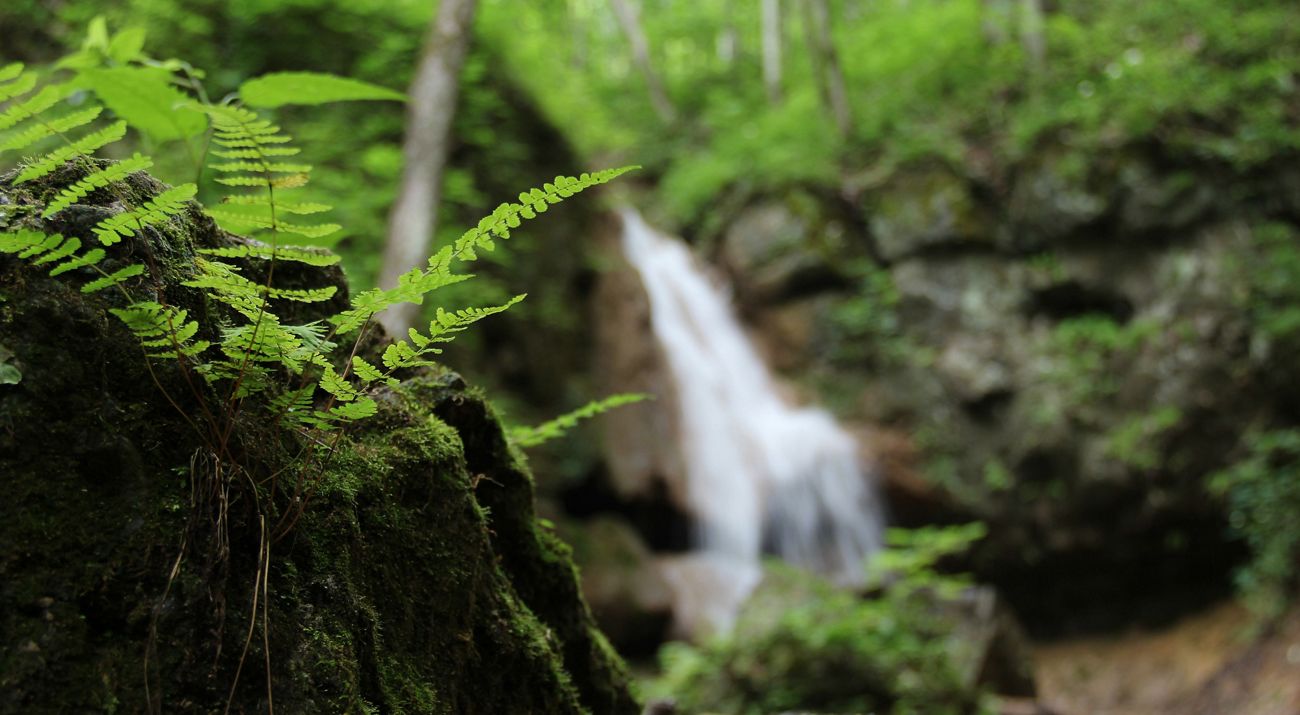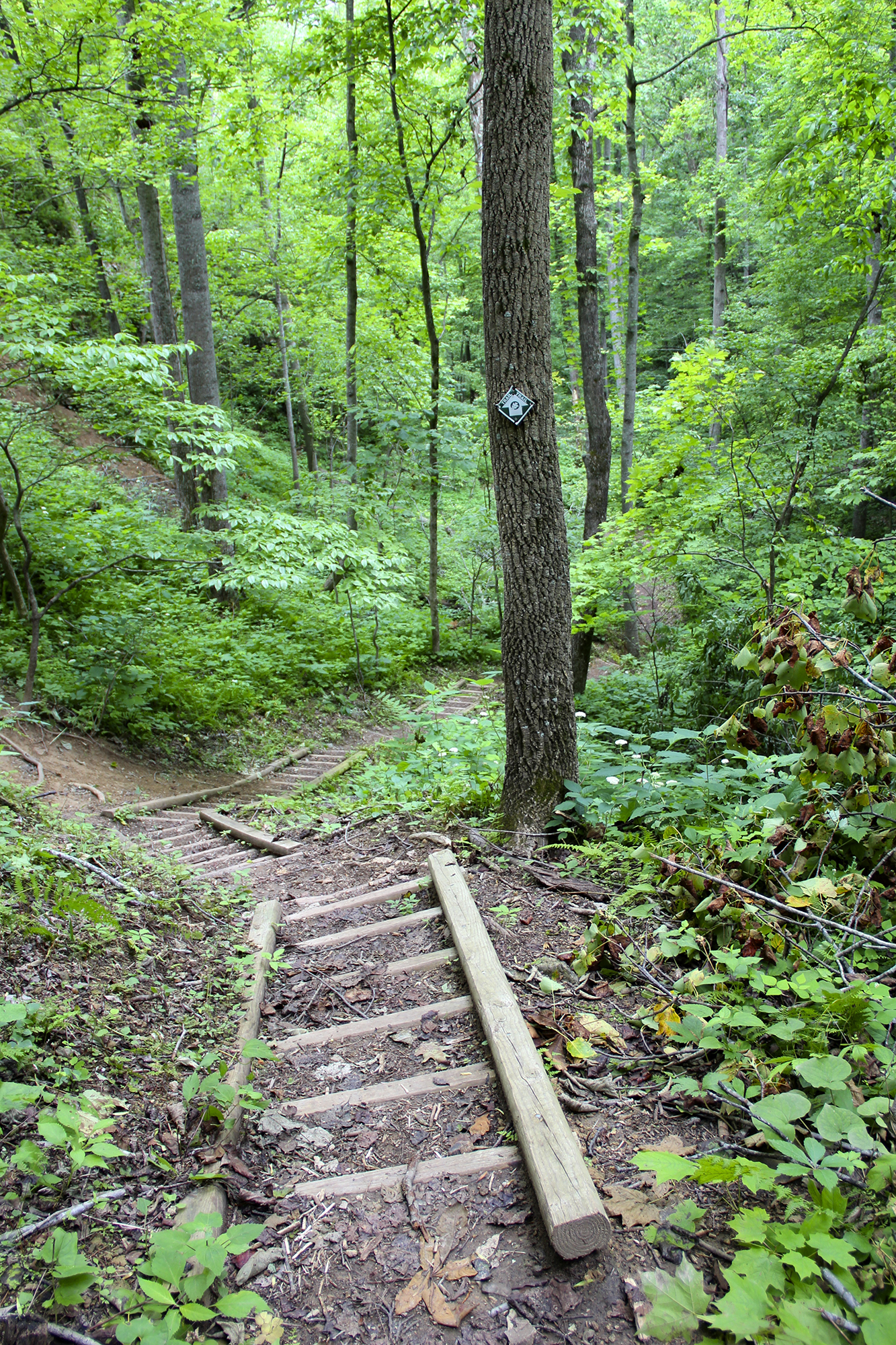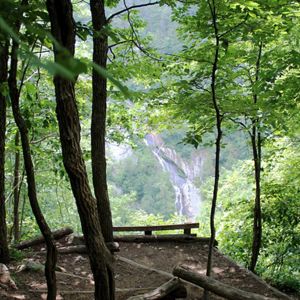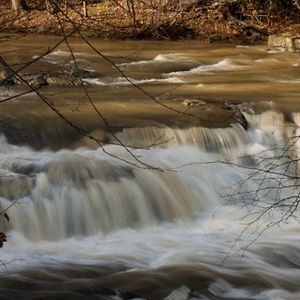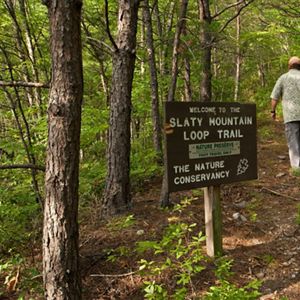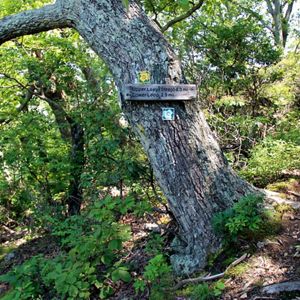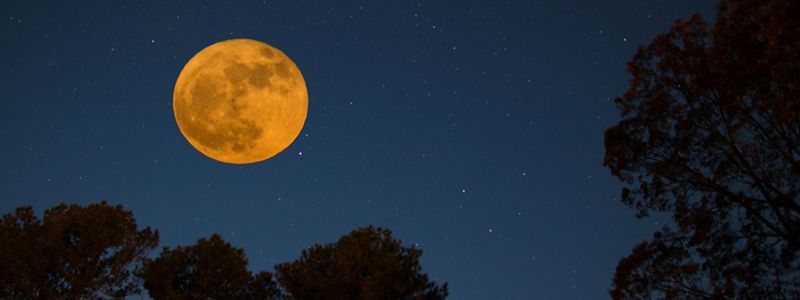Description
Part of a steep, rugged ridge that rises from the valley of the North Fork of the Roanoke River, Falls Ridge Preserve boasts a spring-fed travertine waterfall approximately 80 feet in height.
Salem Fault runs through the preserve, dividing it into two different rock types-Precambrian limestone and shale/sandstone. The corresponding difference in soil types generates a diversity of vegetation, particularly wildflowers and smaller flora.
The rocks in the travertine falls watershed grew steadily, as minerals and lime dissolved in the water precipitate upon them. Over thousands of years, the build-up of calcium carbonate steepened the stream's gradient and slowly created both the waterfall and one of the largest-known exposed travertine deposits.
Large sinkholes on part of the land also indicate the existence of underlying caverns which have never been explored.
Check out recent species observed at Falls Ridge Preserve on iNaturalist.
